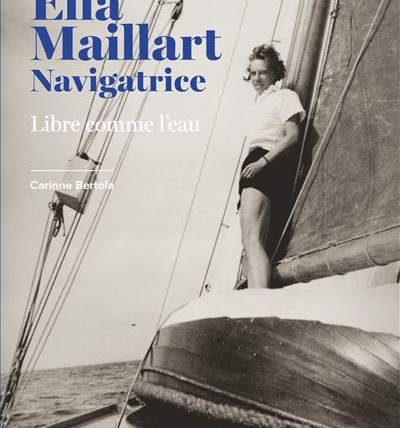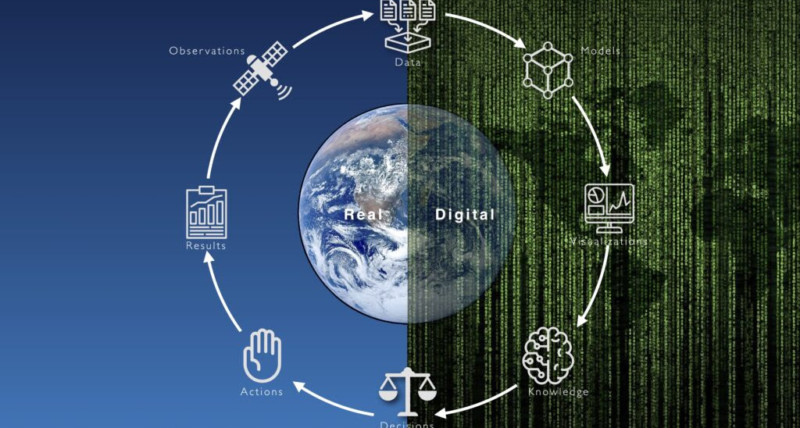The goal of restoring the « good status » of water bodies, both underground and surface, by 2027 will not be achieved.

European countries will not be able to restore the « good status » of their water bodies, both underground and surface, by 2027. This goal, set by the Water Framework Directive in 2000, will not be met, according to a report published by the European Commission on Tuesday, February 4. This document, which concludes a six-year monitoring and measurement cycle, reports modest improvements across Europe compared to the previous assessment, but the overall picture remains bleak. « Our waters are polluted, our water supply is at risk, » summed up the new European Commissioner for the Environment, Jessika Roswall, during a press conference.
More than half of surface water bodies – rivers, lakes, etc. – are in a « very critical » state, according to data provided by member states for the year 2021. The « good ecological status, » assessed based on biological, physicochemical, and hydromorphological criteria (flow, width of the water body, etc.), is only met for 39.5% of these bodies. Additionally, only 26.8% of these surface water bodies are considered in good chemical condition (compared to 33.5% in 2015). Most others have concentrations exceeding standards for certain pollutants, including mercury and nitrates, primarily from agriculture.
Source: Le Monde



